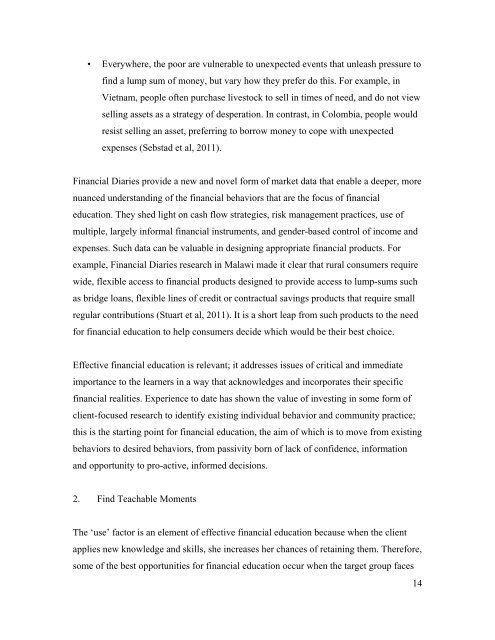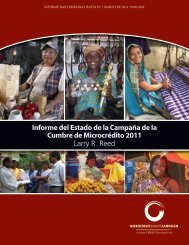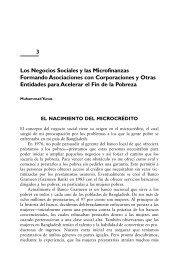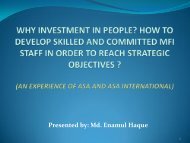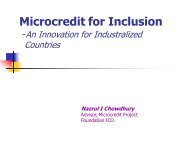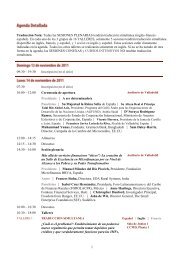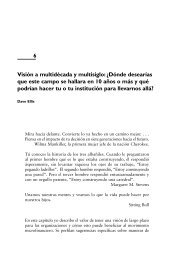Financial Literacy: A Step for Clients towards Financial Inclusion
Financial Literacy: A Step for Clients towards Financial Inclusion
Financial Literacy: A Step for Clients towards Financial Inclusion
You also want an ePaper? Increase the reach of your titles
YUMPU automatically turns print PDFs into web optimized ePapers that Google loves.
• Everywhere, the poor are vulnerable to unexpected events that unleash pressure to<br />
find a lump sum of money, but vary how they prefer do this. For example, in<br />
Vietnam, people often purchase livestock to sell in times of need, and do not view<br />
selling assets as a strategy of desperation. In contrast, in Colombia, people would<br />
resist selling an asset, preferring to borrow money to cope with unexpected<br />
expenses (Sebstad et al, 2011).<br />
<strong>Financial</strong> Diaries provide a new and novel <strong>for</strong>m of market data that enable a deeper, more<br />
nuanced understanding of the financial behaviors that are the focus of financial<br />
education. They shed light on cash flow strategies, risk management practices, use of<br />
multiple, largely in<strong>for</strong>mal financial instruments, and gender-based control of income and<br />
expenses. Such data can be valuable in designing appropriate financial products. For<br />
example, <strong>Financial</strong> Diaries research in Malawi made it clear that rural consumers require<br />
wide, flexible access to financial products designed to provide access to lump-sums such<br />
as bridge loans, flexible lines of credit or contractual savings products that require small<br />
regular contributions (Stuart et al, 2011). It is a short leap from such products to the need<br />
<strong>for</strong> financial education to help consumers decide which would be their best choice.<br />
Effective financial education is relevant; it addresses issues of critical and immediate<br />
importance to the learners in a way that acknowledges and incorporates their specific<br />
financial realities. Experience to date has shown the value of investing in some <strong>for</strong>m of<br />
client-focused research to identify existing individual behavior and community practice;<br />
this is the starting point <strong>for</strong> financial education, the aim of which is to move from existing<br />
behaviors to desired behaviors, from passivity born of lack of confidence, in<strong>for</strong>mation<br />
and opportunity to pro-active, in<strong>for</strong>med decisions.<br />
2. Find Teachable Moments<br />
The ‘use’ factor is an element of effective financial education because when the client<br />
applies new knowledge and skills, she increases her chances of retaining them. There<strong>for</strong>e,<br />
some of the best opportunities <strong>for</strong> financial education occur when the target group faces<br />
14


